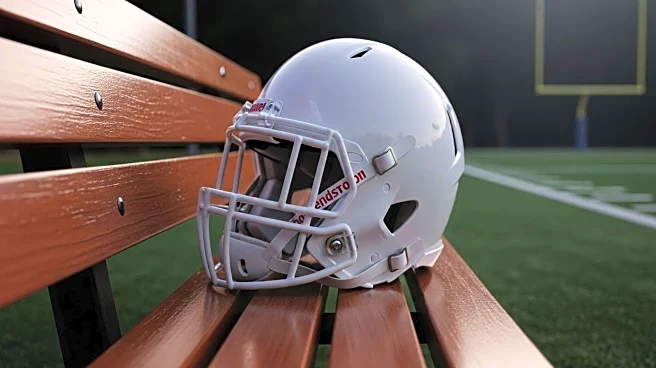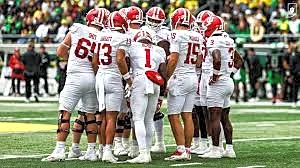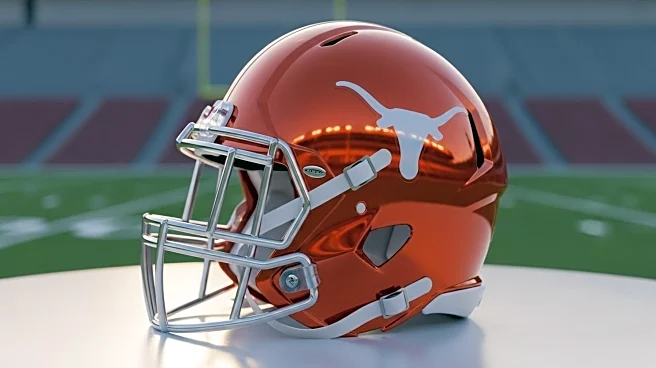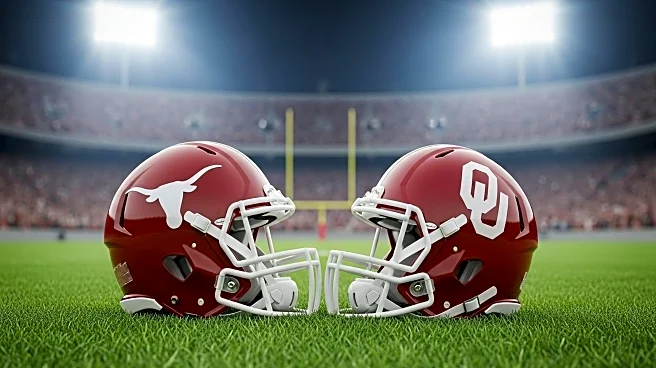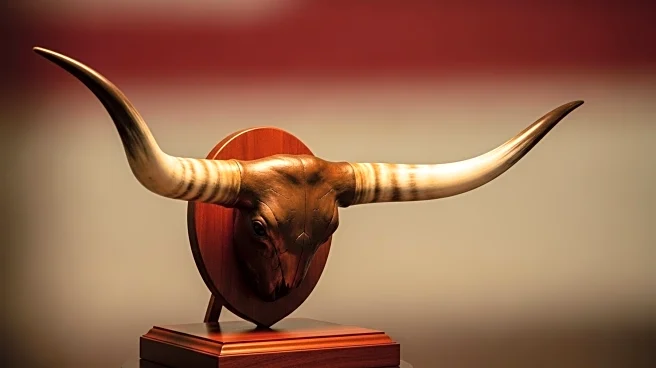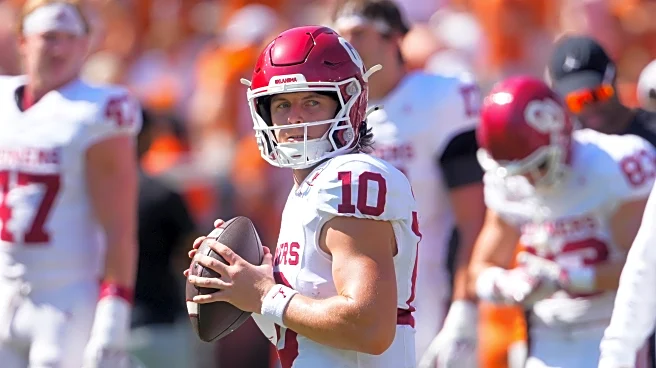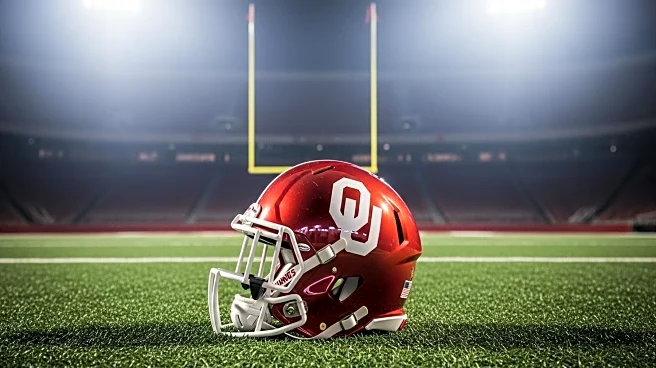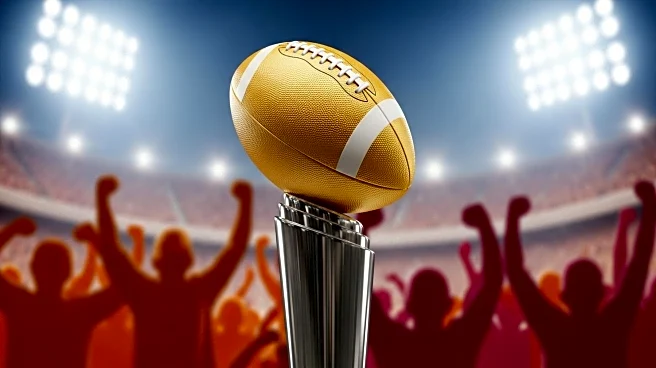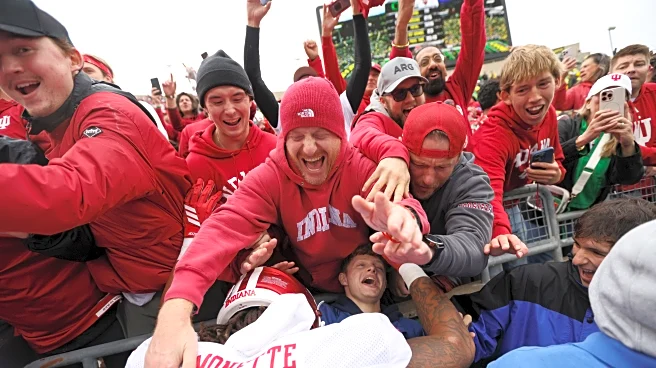What's Happening?
Oklahoma Sooners quarterback John Mateer underwent hand surgery performed by Dr. Steven Shin, a renowned surgeon known for treating high-profile athletes. Mateer's recovery was expected to take a month, but he returned to play against Texas only 17 days post-surgery. Despite his physical readiness, Mateer struggled mentally during the game, leading to costly mistakes and a loss for Oklahoma. The team had invested heavily in Mateer, who transferred from Washington State and was one of the highest-paid players in the country. His performance was crucial for Oklahoma, which had climbed to No. 5 in the AP Top 25 rankings prior to the game.
Why It's Important?
Mateer's quick return highlights the pressures faced by college athletes and the financial stakes involved in college football. Oklahoma's reliance on Mateer underscores the team's vulnerabilities and the impact of individual player performance on team success. The loss to Texas dropped Oklahoma's ranking significantly, affecting their chances in the SEC title race and the College Football Playoff. This situation reflects broader issues in college sports, including the influence of money and the physical demands placed on athletes. The decision to play Mateer despite his recent surgery raises questions about player welfare and long-term health considerations.
What's Next?
Oklahoma faces a challenging schedule ahead, with five consecutive games against top-ranked opponents. The team must regroup and address its offensive weaknesses to remain competitive in the SEC and national title conversations. Mateer's performance will be closely watched, as his recovery continues and he adapts to the demands of the season. The coaching staff and players will need to strategize effectively to overcome the setbacks and maintain their standing in the rankings. The outcome of these upcoming games will be critical for Oklahoma's aspirations and could influence future decisions regarding player management and investment.
Beyond the Headlines
The rapid recovery and return of Mateer to the field highlight advancements in sports medicine and the role of specialized surgeons like Dr. Shin in athlete rehabilitation. This case also brings attention to the ethical considerations of rushing players back into competition post-surgery. The cultural phenomenon surrounding Mateer's recovery, including memes and public commendations, reflects the intense fan engagement and expectations in college sports. The situation may prompt discussions on balancing competitive success with athlete health and safety, potentially influencing policy changes in collegiate athletics.
